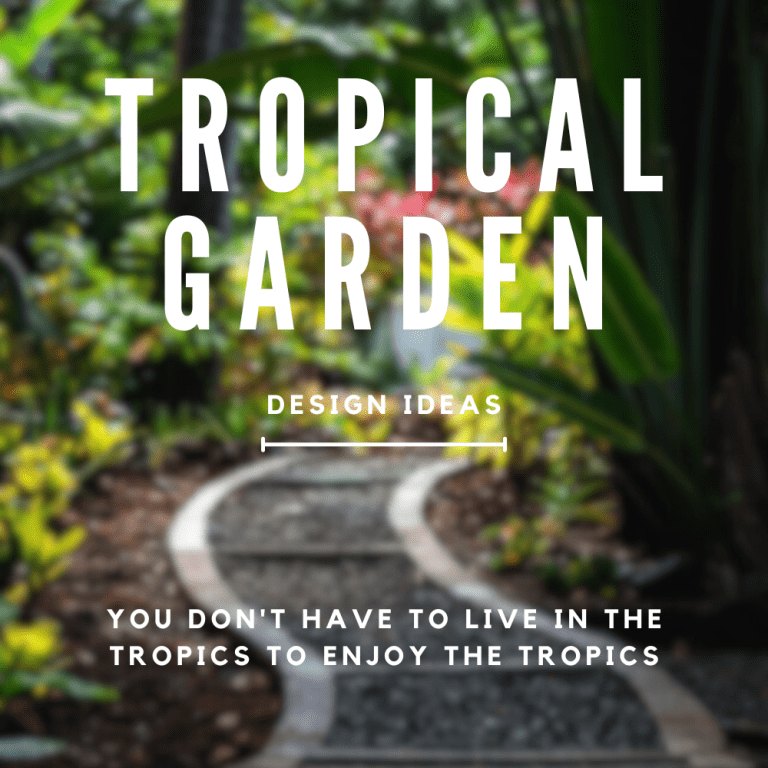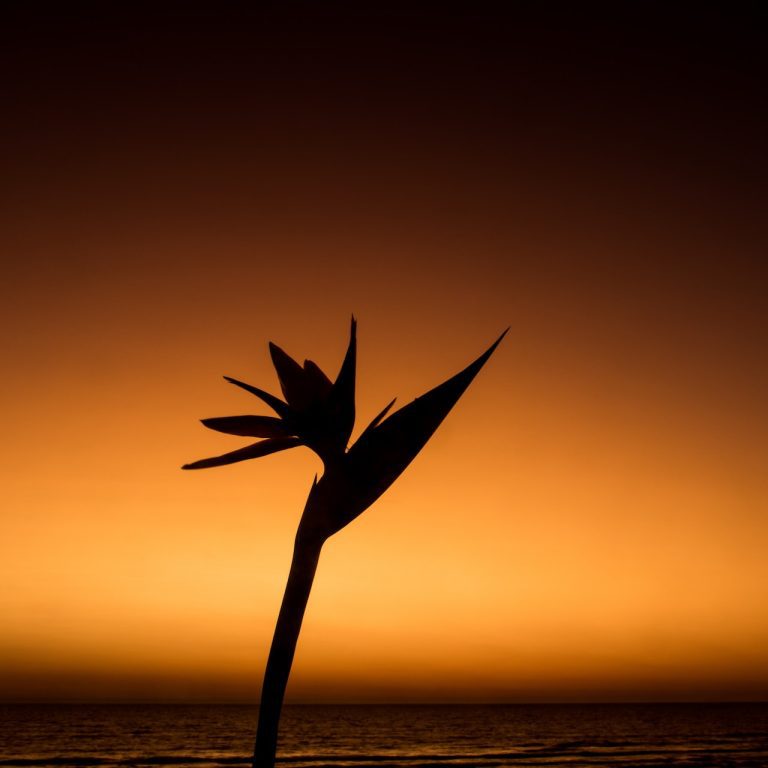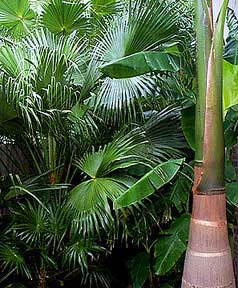Welcoming hummingbirds to your garden isn’t as simple as setting up a feeder filled with sugary water. Designing your garden to be a sanctuary for these captivating creatures means providing them with both nourishment and shelter. How, you may ask, can you make your garden a favorite pit-stop for hummingbirds? Let’s explore.
1. Plant Selection
Naturally, hummingbirds gravitate toward vibrant, tubular blossoms that are nectar-rich. Incorporate a blend of annuals, perennials, and shrubs such as bee balm, salvia, lupine, hollyhock, and trumpet vine in your garden. These plants not only offer sustenance in the form of nectar, but their striking colors, especially reds and purples, act as magnets for hummingbirds.
2. Adding Water Elements
Water is a key feature in any hummingbird-friendly garden. The sight and sound of running water fascinate these birds. Think about installing a birdbath equipped with a bubbler or even a small fountain. These can serve as appealing water resources for hummingbirds, giving them a space to bathe and hydrate.
3. Smart Feeder Placement
While a garden brimming with nectar-filled blossoms is highly appealing, adding a feeder can give a supplementary helping hand. Place the feeder in a calm and secure spot, far from busy areas and potential threats. It’s important to maintain its cleanliness and replenish it with fresh nectar to keep the birds returning.
4. Offering Resting Places
Even though hummingbirds seem perpetually active, they need to rest too. Provide perching spaces like small trees, tall shrubs or trellises where they can take a break and survey their surroundings. Locating these near their food sources can make them even more attractive.
5. Steering Clear of Pesticides
It’s important to note that a hummingbird-friendly garden is one devoid of chemicals. Pesticides eliminate the insects that form part of the hummingbirds’ diet, and they can also pollute the nectar in the flowers and the water in your birdbath or fountain.
6. Thoughtful Nesting Sites
Lastly, providing potential nesting locations can persuade hummingbirds to take up residence in your garden. They often favor trees or shrubs that offer ample cover. Constructing a hummingbird house can be a wonderful project too.
Developing a garden that caters to hummingbirds might take some time and dedication. However, when you spot these stunning birds darting around your garden, you’ll appreciate the value of your efforts. With thoughtful planning and action, your garden can become a haven for hummingbirds and a continual source of delight for you.
Flowers To Attract Hummingbirds
To begin, understanding what hummingbirds seek is crucial. These tiny creatures are always on the move, requiring an ample supply of nectar to maintain their energy. They are particularly drawn to brightly colored, tubular flowers filled with nectar.
Choosing Suitable Flowers
Several hummingbird-attracting flowers are native to North America, making them a superb addition to your garden, beneficial for both the birds and the overall ecosystem. Here are some preferred choices for hummingbirds:
Salvia: Owing to their long, tubular form, salvia flowers are an ideal match for the hummingbird’s lengthy bill. Available in radiant reds, pinks, blues, and purples, they can draw hummingbirds from afar.
Bee Balm (Monarda): The bright red blossoms and high nectar content of this flower make it irresistible to hummingbirds. Bee balm, a sturdy perennial, continues to allure hummingbirds year after year.
Trumpet Vine (Campsis radicans): As indicated by the name, this plant yields bright, trumpet-like flowers. The vibrant orange-red hue of the blossoms and their abundant nectar make them especially appealing to hummingbirds.
Columbine (Aquilegia): These distinctive, drooping flowers with spurs at the back captivate hummingbirds. While Columbine is available in various colors, the red and yellow varieties are particularly appealing to these birds.
Fuchsia: This shade-loving plant produces fragile, drooping blossoms. Fuchsia’s vivid pink and purple flowers are a favorite among hummingbirds.
Planning Your Hummingbird Garden
Alongside choosing appropriate plants, your garden’s layout significantly influences its appeal to hummingbirds. They favor a layered setup, with plants of varying heights, including trees, shrubs, and flowers, enabling them to dart in and out of cover and perch high to monitor their environment.
Space out the flowers adequately, as hummingbirds require room to hover and maneuver from one flower to another. Incorporating a water source, such as a birdbath or fountain, can draw more hummingbirds as they relish bathing and sipping fresh water.
Planting for Ongoing Blooms
To ensure hummingbirds revisit throughout the season, aim for a garden that offers continuous blooms. Select a mix of plants that bloom at different times to ensure a steady food supply for these small feathered guests.
DIY Hummingbird Nectar
If you don’t already have a hummingbird feeder, take a moment to read our article on how to choose a hummingbird feeder.
Hummingbirds are primarily drawn to flowers rich in nectar. This nectar serves as their main energy source, supplying them with the essential fuel to sustain their high metabolism. They complement this with insects and spiders for protein, contributing to muscle and feather development. While they can source nectar from a range of flowering plants, presenting an additional nectar source via a feeder can aid in attracting these birds to your garden.
The formula for DIY hummingbird nectar is quite basic. It’s a straightforward solution of sugar and water, typically at a proportion of 1 part sugar to 4 parts water. This ratio mimics the sugar concentration in many flowers that hummingbirds naturally feed on.
How to Make Hummingbird Nectar at Home
Take 1 cup of white, granulated sugar and 4 cups of water. Ensure the sugar is plain white, as additives or different types of sugar can potentially harm the birds.
Pour the sugar into a clean pot, add the water, and mix until the sugar completely dissolves.
Warm the mixture over medium heat until it reaches boiling point. Boiling aids in fully dissolving the sugar and eliminating any bacteria or mold present.
Once boiled, allow the mixture to cool entirely. After cooling, it’s ready to be added to your hummingbird feeder.
Safety Guidelines and Recommended Practices
It’s important to remember not to add red food coloring to the nectar. Certain studies indicate it could be harmful to hummingbirds, and the vivid color of your hummingbird feeder will suffice to lure these birds.
Replace the nectar every 2-3 days, or daily during hot weather, to avoid fermentation or mold growth that could pose a risk to the birds. If the nectar becomes cloudy or you notice black specks in your feeder, it indicates that the nectar has spoiled and the feeder requires thorough cleaning.
Avoiding Unwanted Pests
A common challenge faced by many bird enthusiasts is keeping unwanted visitors – namely ants and bees – away from these feeders. Luckily, with a few preventative measures, you can ensure that your hummingbird feeder remains an exclusive dining spot for your fluttering guests.
One of the simplest solutions to prevent ants from reaching the hummingbird feeder is by using an “ant moat”. An ant moat is a small, water-filled barrier that is hung above the feeder. The concept is straightforward – ants cannot swim, so they can’t cross the water barrier to reach the feeder. You can find ready-made ant moats online, or you can create one at home using basic materials like a plastic cap and some string.
To deter bees and wasps, the first step is to choose the right type of hummingbird feeder. Feeders with bee guards or those with a basin or saucer design are particularly effective as they make the nectar inaccessible to these insects, but still easily reachable for hummingbirds. Hummingbirds have long tongues which can reach the nectar in the recessed feeding ports, whereas bees and wasps cannot.
Another tactic to keep bees away is to avoid yellow on your feeder, as this color attracts bees. Many hummingbird feeders are red, a color which hummingbirds are drawn to but bees are not. If your feeder has any yellow components, consider painting them red or another color not attractive to bees.
Regular cleaning and maintenance of the feeder are also crucial. A clean feeder not only keeps the hummingbirds healthy but also prevents the sweet smell of stale nectar which can attract insects. Be sure to change the nectar at least once a week, and clean the feeder thoroughly. During hotter weather, the feeder should be cleaned more often as the heat can cause the nectar to ferment quicker, which will attract more pests.
If you notice that bees or wasps have already discovered your feeder, move the feeder to a different location. Insects are less likely than hummingbirds to find the feeder in its new location, at least for a while. This can give the hummingbirds a chance to feed without competition.
Attracting these beautiful animals to your yard doesn’t have to be difficult nor expensive. Hopefully you’ve learned a few tips here to get you excited about welcoming these visitors to your yard. Watching them hover can bring a smile to anyone’s face.




